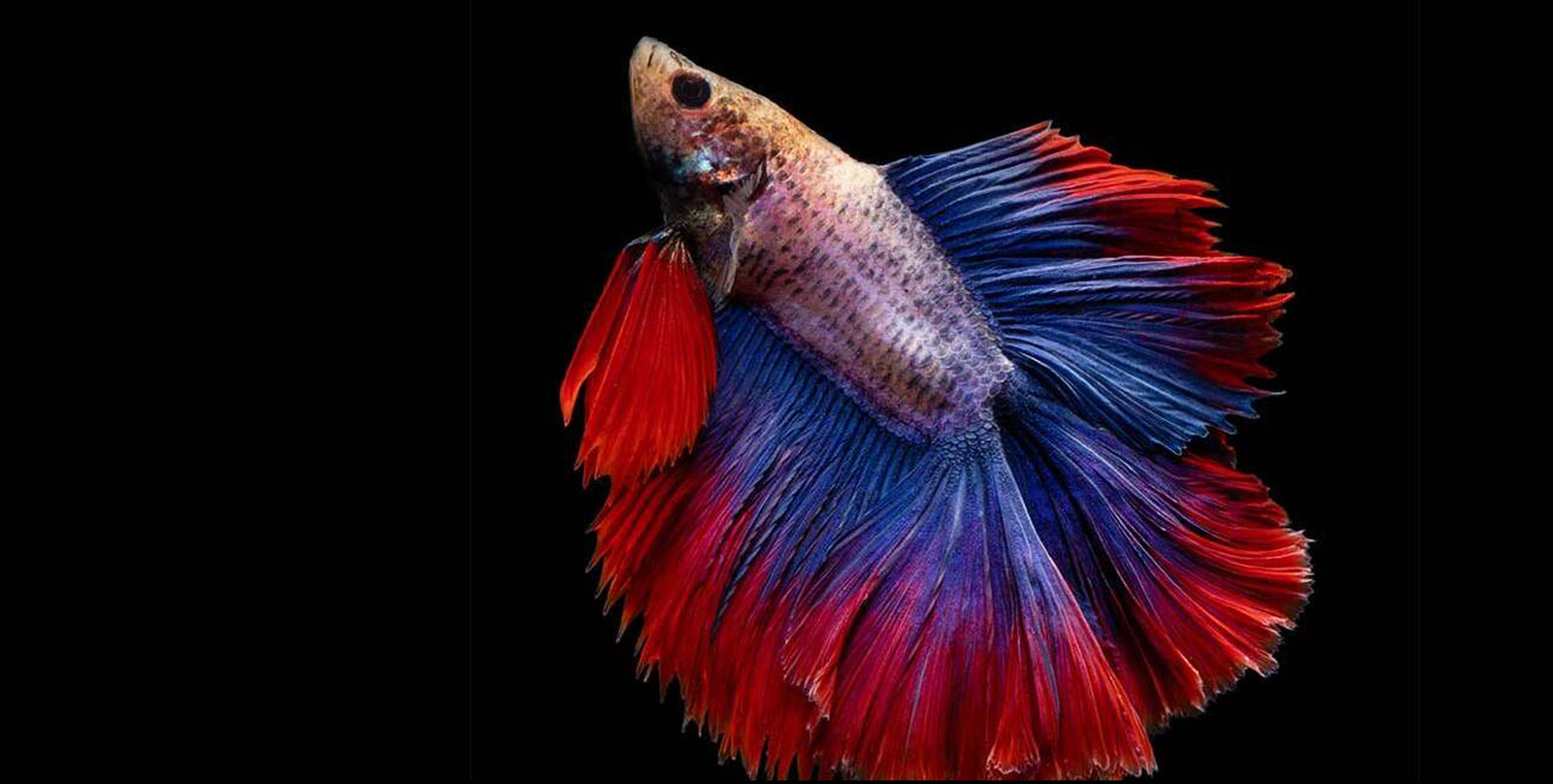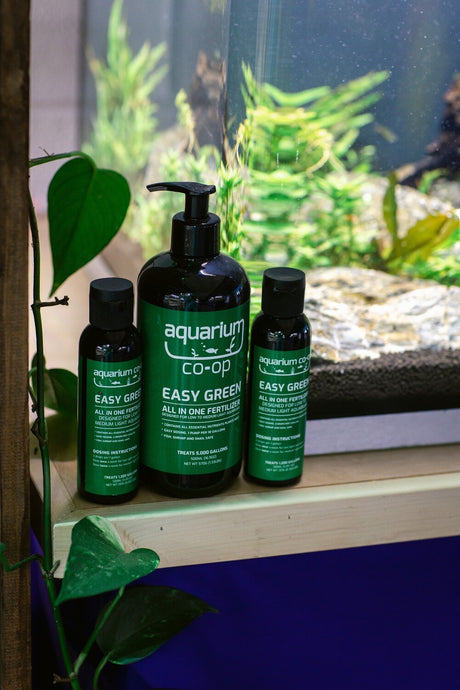Betta Splendens—commonly known as the “Siamese Fighting Fish”— are the most common variety of betta. The majority of bettas that you bring in from pet stores are this variety! This betta comes in so many forms: Giant, plakat, rosetail, koi, crowntail… there are so many types to choose from.
If you’re looking to bring home your very first betta, what do you really need to know?
GOING SHOPPING
You need a variety of supplies for a betta fish. First, you need a large enough tank, ideally at least 5-gallons. There is a common belief that bettas prefer smaller spaces; this isn’t true! Rather, they prefer shorter aquariums, as they breathe air from the surface. They would love a long low aquarium to explore.
Next, you need a filter. Many people think they’ll be fine without filtration because bettas are surface-breathers, but filters do so much more than aerate the water! Pick a filter that is gentle, like a hang-on-back filter with an adjustable flow, or a sponge filter.
Now, you need a heater. Unless you live in a tropical country, or you keep your home at a balmy 30C every day, you need to heat the water. Bettas are tropical fish so they could fall ill easily if they’re kept in an unheated tank. We suggest an adjustable heater, so you can choose the exact right temperature! You should also buy a thermometer, so you can check that the heater is accurate.
You’ll also want:
- Substrate (sand, gravel, etc.)
- Light
- Live Plants
- Other Decorations
- Water Conditioner (Prime)
- Test Kit (Ammonia, Nitrite, Nitrate, PH)
- Betta Food (bug bites, pellets, etc)
- Bucket
- Gravel Vacuum
- Indian Almond Leaves
We’ll add posts soon about how to choose these items!
SETTING UP
Now it’s time to set up your aquarium. Make sure to place it on a flat and sturdy surface with plenty of outlets nearby. If it’s rimless, add a thin foam mat under it.
Rinse your substrate and add it to the aquarium; it should be 1-3″ thick. Fill your aquarium with water (if it’s sand or aquasoil, add the water gently so it doesn’t get too cloudy), and then add your water conditioner.
Add your plants and decorations. Once it’s looking the way you’d like, unbox your filter and heater, and add them to the tank. Read the instructions carefully before turning them on.
Once you have those running, you can add your lights and feed your tank. Wait… what? That’s right, feed your empty tank! You’re feeding beneficial bacteria that will soon grow in there. Your tank needs to cycle for several weeks before you can consider buying your new fish. While you wait, consider reading our post on cycling, so you can understand this process.
3-4 WEEKS LATER…
Okay, you’ve cycled your tank, great job! Now, you get to come to pick out a fish. First, choose an ethical store that brings in quality fish (ahem… April’s Aquarium is a great choice for this). Now go in, and inspect the fish. Look for a fish with bright eyes, unfurled fins, that’s nice and energetic. These are all signs of healthy young bettas. Also, look for the kind of fish you want! Short-finned bettas (plakat) often have bright colours and are much more energetic than the long-finned varieties. But this is really about you–what do you like?
YOUR FISH IS HOME!
Now that you have your new pet, rest the bag containing the fish on top of the aquarium (lights off) for about 30 minutes. Slowly start adding tank water into the bag until the water level in the bag is filled twice as high. Then, remove your fish from the bag with a net and add him to your aquarium. Leave the lights off, and let him acclimate for a while; no need to feed him today!
After the first day, start feeding him a small amount (the size of his eye) once per day. Turn the lights on for eight hours each day. Every week, change 30% of the water. Make sure you vacuum the substrate. Plus, you need to ensure that the new water is conditioned and the same temperature as the tank before adding it.
Enjoy your new fish!


